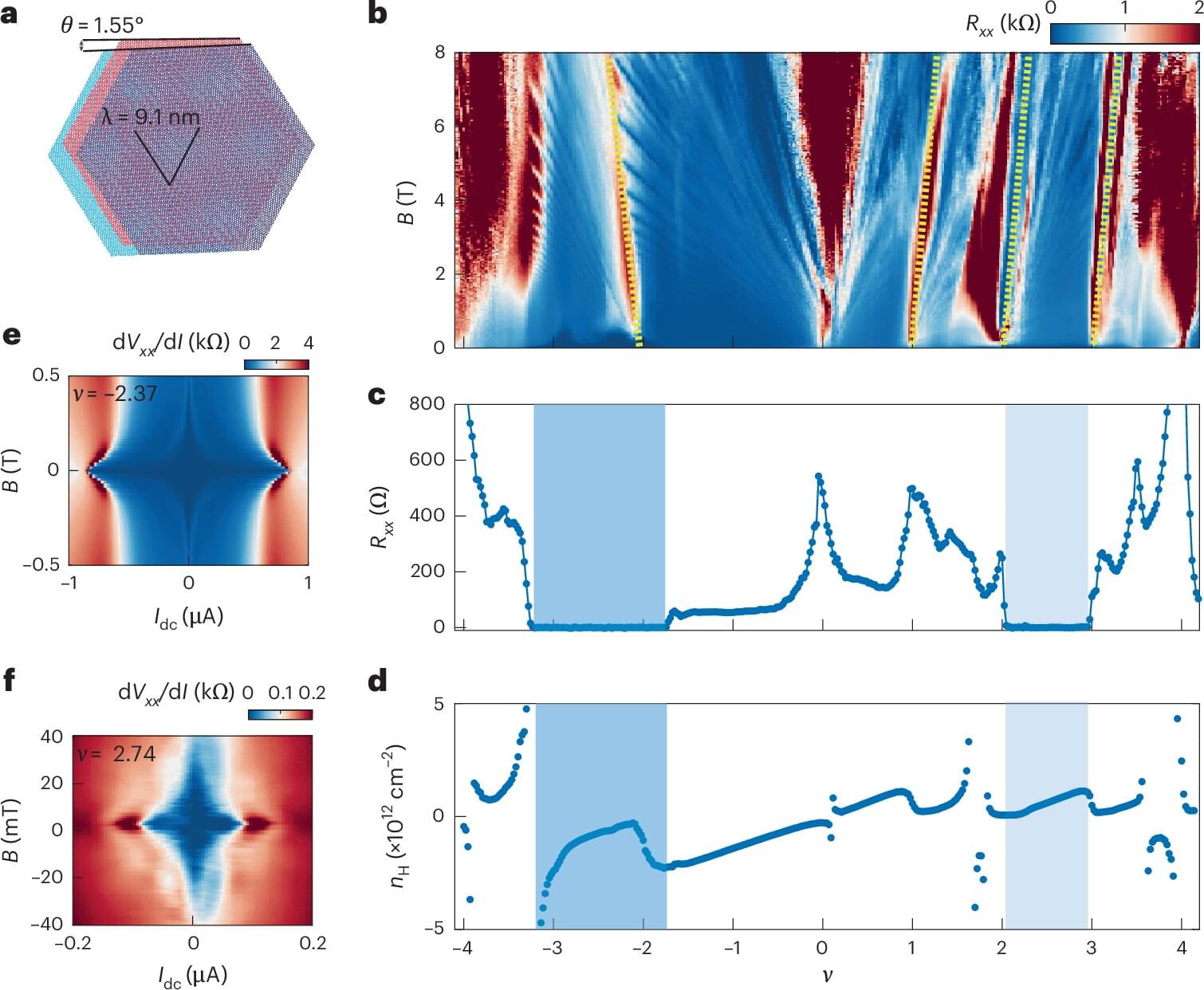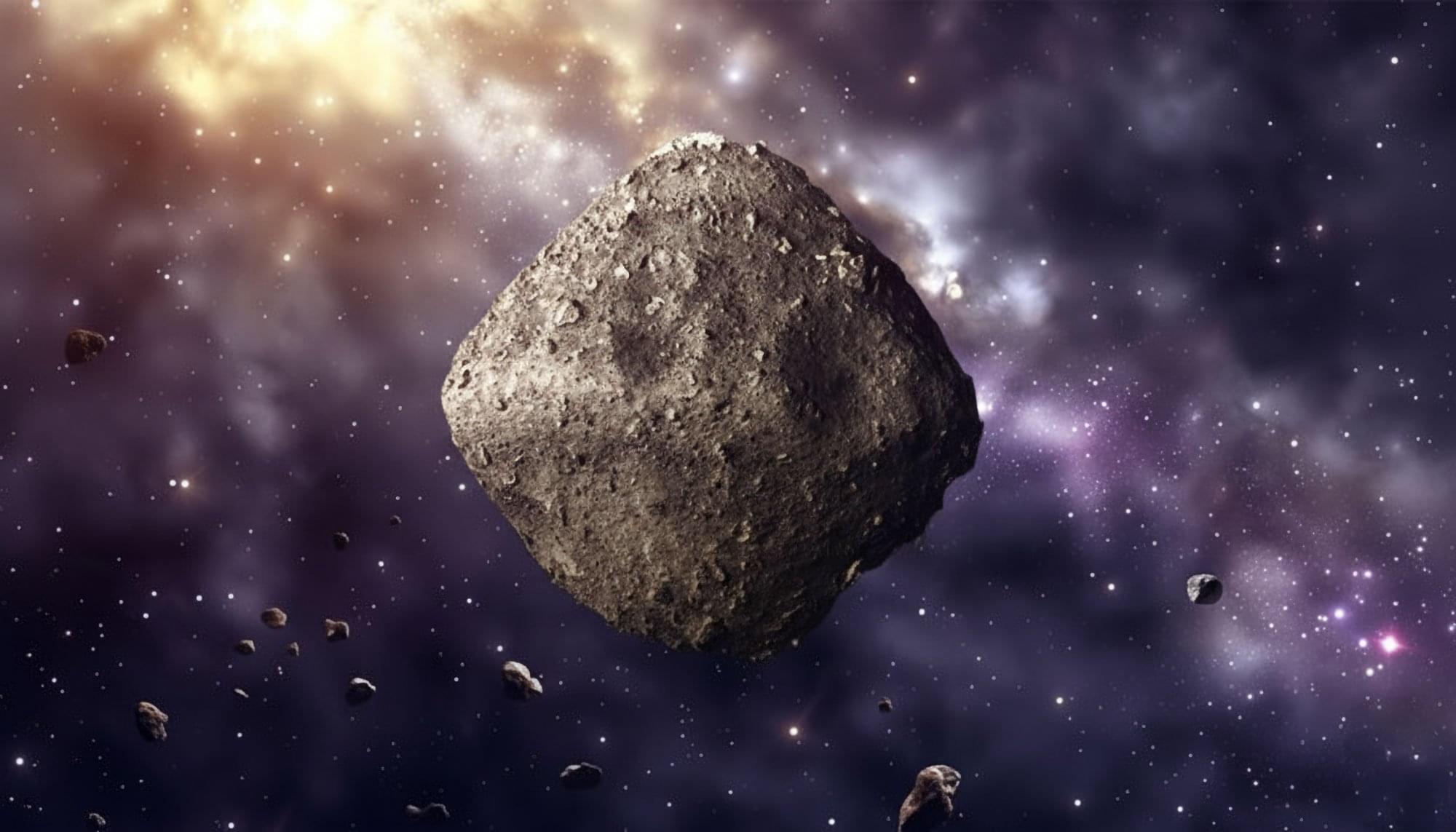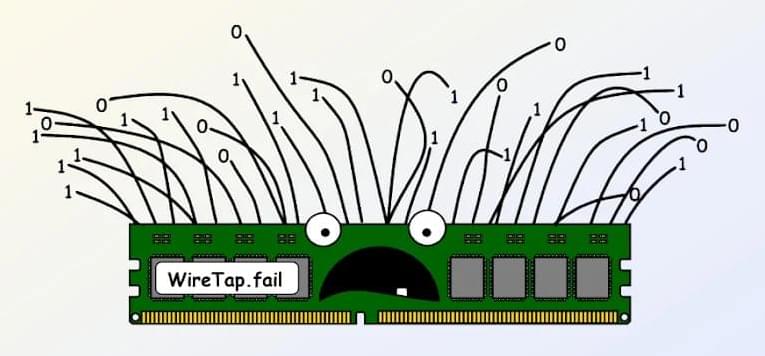A group of scientists, including researchers from the University of Tokyo, has found evidence that liquid water once moved through the body of the asteroid that eventually gave rise to the near-Earth asteroid Ryugu. Remarkably, this activity occurred more than a billion years after the asteroid originally formed.
The discovery comes from the study of tiny rock fragments collected by the Hayabusa2 spacecraft of the Japan Aerospace Exploration Agency (JAXA). The results challenge the long-standing belief that water-related processes on asteroids happened only during the earliest stages of solar system history. This new understanding could influence models of how Earth itself was formed.
Although scientists have developed a fairly detailed picture of how the solar system came together, important questions remain. One of the biggest mysteries is how Earth acquired such an abundance of water. For decades, researchers have suspected that carbon-rich asteroids, such as Ryugu, which were created from ice and dust in the outer regions of the solar system, played a major role in supplying that water. Ryugu was visited by the Hayabusa2 mission in 2018, marking the first time a spacecraft both studied such an asteroid directly and returned samples to Earth. These precious materials are now helping researchers address some of the most fundamental questions about the origins of our planet.






